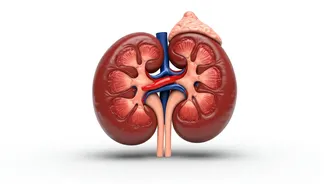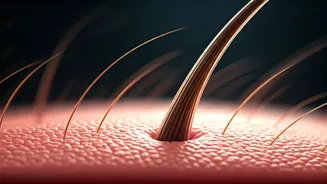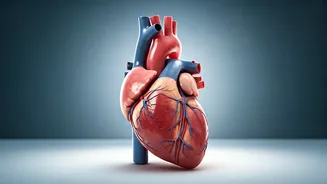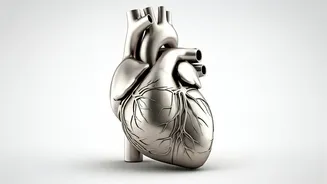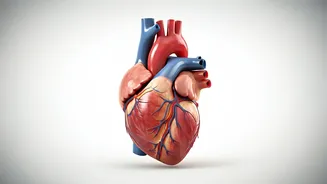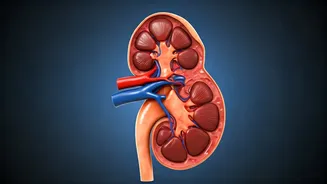Hair Loss Revolutionized
The field of hair loss treatment is evolving, and oral minoxidil is leading the charge. This medication, initially used to manage high blood pressure,
has demonstrated remarkable effects in promoting hair growth, especially for those experiencing androgenetic alopecia, often called male or female pattern baldness. Unlike topical solutions, oral minoxidil works from the inside out, potentially delivering more consistent results. The buzz around this medication stems from its accessibility and effectiveness, making it a viable option for many. It is essential to understand the implications of this new medication, covering its mechanism of action, the kinds of individuals who stand to gain the most, and the necessary precautions.
Why the Excitement?
Oral minoxidil's appeal lies in its potential to offer a more effective and convenient treatment compared to traditional topical applications. Topical minoxidil requires consistent application, which can be easily forgotten and produce variable results. Oral minoxidil, taken as a pill, ensures a consistent dose, which enhances the probability of hair regrowth. People who have struggled with the topical versions may see encouraging results. Many individuals find that it is effective, affordable, and readily available, which significantly improves the likelihood of achieving results and adhering to the treatment plan. This approach is rapidly gaining popularity as a game-changer in the hair loss industry.
Who Benefits Most?
While oral minoxidil shows promise, it is essential to recognize that it's not a one-size-fits-all solution. Typically, the patients who respond most positively are those with androgenetic alopecia. This type of hair loss is characterized by a receding hairline in men or overall thinning in women. Additionally, individuals with early-stage hair loss may experience the best results. However, the exact effectiveness can vary among individuals based on factors such as genetics, overall health, and the underlying cause of hair loss. A dermatologist can perform an assessment to provide a tailored treatment plan, keeping these factors in mind, as well as the particular needs of the patient. This personalized approach ensures the treatment plan will be optimal for the individual.
Safety First Concerns
With any medication, safety is paramount. Oral minoxidil, while generally well-tolerated, can have side effects. Some individuals might experience an increase in hair growth on their face or body, which is usually temporary. Other potential effects include changes in blood pressure, dizziness, and swelling, particularly in the ankles. It is extremely important that anyone considering oral minoxidil be under the supervision of a healthcare provider, such as a dermatologist, who can carefully monitor their health and adjust dosages accordingly. They will be able to manage any side effects and ensure the treatment is being taken safely, and effectively.
Talking to Your Doctor
Before considering oral minoxidil, a consultation with a dermatologist is crucial. They can assess your specific type of hair loss, rule out other potential causes, and determine if oral minoxidil is a suitable option for you. During the consultation, provide a detailed medical history, including any existing medical conditions or medications you take. They will also discuss potential side effects and the importance of regular follow-up appointments to monitor your progress and ensure safety. A doctor's guidance provides a path toward successful hair regrowth. This professional insight is more reliable than self-diagnosis or advice from the internet.


